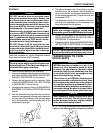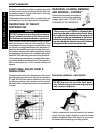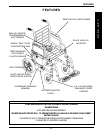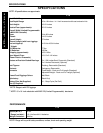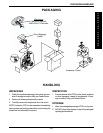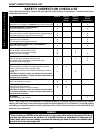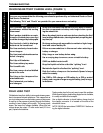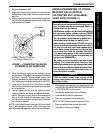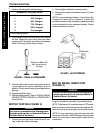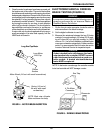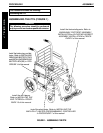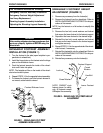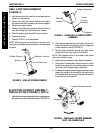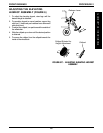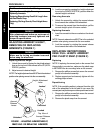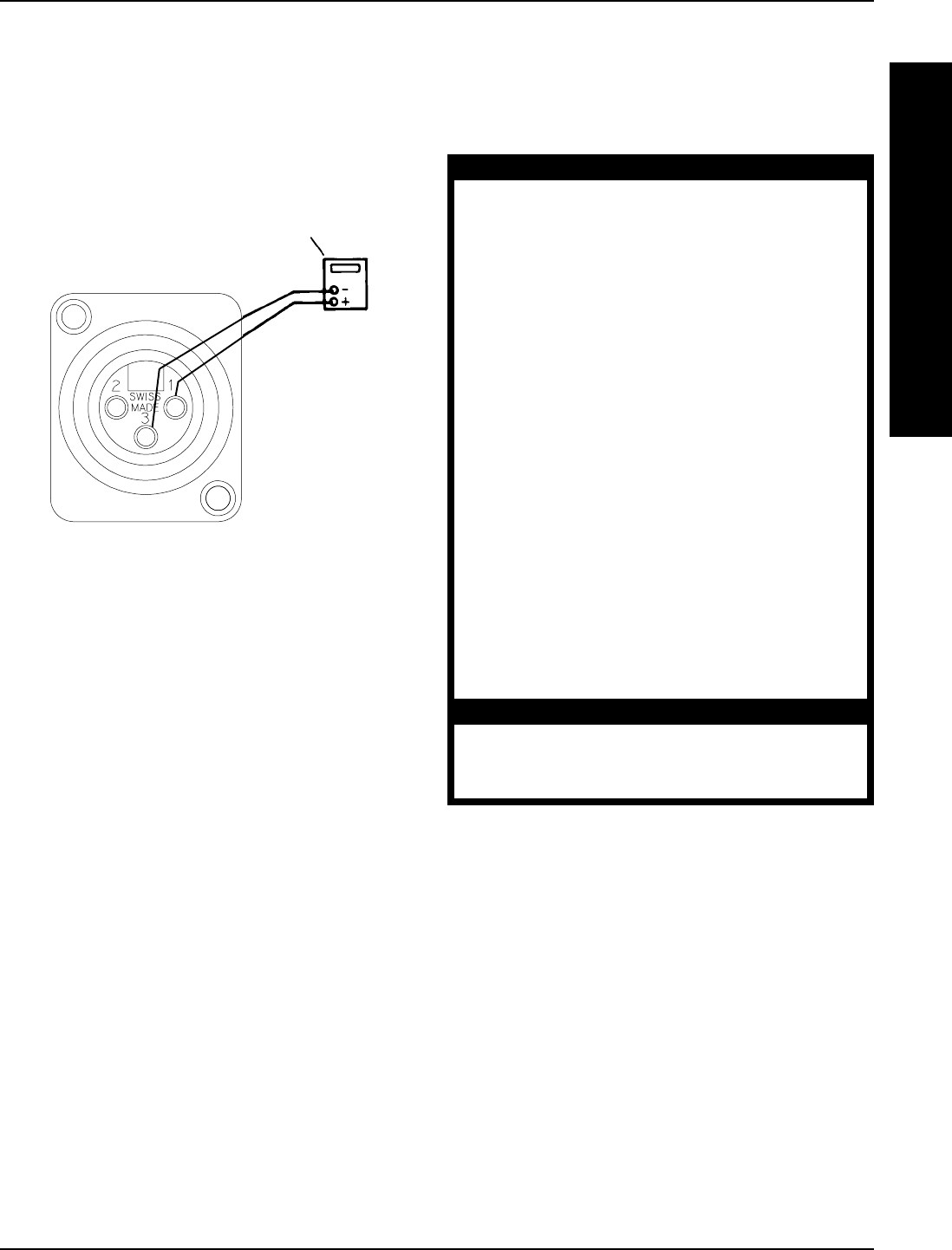
17
USING HYDROMETER TO CHECK
BATTERY CELLS (DIGITAL
VOLTMETER NOT AVAILABLE)
(LEAD ACID) (FIGURE 2)
WARNING
Invacare recommends that the following proce-
dure be performed by an Authorized Dealer or
Qualified Service Technician.
NEVER smoke or strike a match near the batteries. If
the caps of the battery cells are removed, NEVER
look directly into them when charging the battery.
The use of rubber gloves and safety glasses is rec-
ommended when testing the battery cells.
When reading a hydrometer, DO NOT allow any
liquid to come in contact with your eyes or skin. It
is a form of acid and can cause serious burns,
and in some cases, blindness. If you do get bat-
tery acid on you, flush the exposed areas with
cool water immediately. If the acid comes into
contact with eyes or causes serious burns, get
medical help IMMEDIATELY.
The battery acid can damage your wheelchair,
clothing, and household items. Therefore, take
readings cautiously and only in designated areas.
Most batteries are not sold with instructions. How-
ever, warnings are frequently noted on the cell
caps. Read them carefully.
CAUTION
ONLY use distilled water when topping off the
battery cells. Ordinary tap water will shorten the
life of the battery.
1. Remove the battery box(es) from the wheelchair. Re-
fer to INSTALLING/REMOVING BATTERY BOX(ES)
in PROCEDURE 6 of this manual.
2. Remove the battery caps from the battery.
3. Squeeze the air from the hydrometer.
4. Place the hydrometer into a battery cell.
NOTE: DO NOT fill hydrometer more than 3/4 full.
5. Draw up sufficient acid to cover float balls.
6. Tap lightly to remove air bubbles.
1. Ensure that power is OFF.
2. Make sure battery is fully charged. An extremely dis-
charged battery will exhibit the same symptoms as a
bad one.
3. Remove the footrests from the wheelchair and place
the front of the wheelchair against a wall, workbench
or other stationary object.
TROUBLESHOOTING
T
R
O
U
B
L
E
S
H
O
O
T
I
N
G
Battery Charger Connector
on Side of Wheelchair
FIGURE 1 - CONNECTING THE DIGITAL
VOLTMETER TO THE WHEELCHAIR
4. Place the voltmeter leads into the charger plug on
the wheelchair. Most digital voltmeters are not affected
by polarity, however, analog meters (meters with
swinging needles) can be and should be used care-
fully. A good meter reading should be 25.5 to 26 VDC.
5. Have two (2) individuals (one [1] on each arm) apply
as much downward pressure as possible on the arms
of the wheelchair.
6. Turn the power ON and push the joystick forward,
trying to drive the wheelchair through the stationary
object. This puts a heavy load on the batteries as
they try to push through the stationary object. Read
the meter while the motors are straining to determine
the voltage under load.
NOTE: If the voltage drops to less than 23.5 volts from a
pair of fully charged batteries while under load, they
should be replaced regardless of the unloaded voltages.
Voltometer



